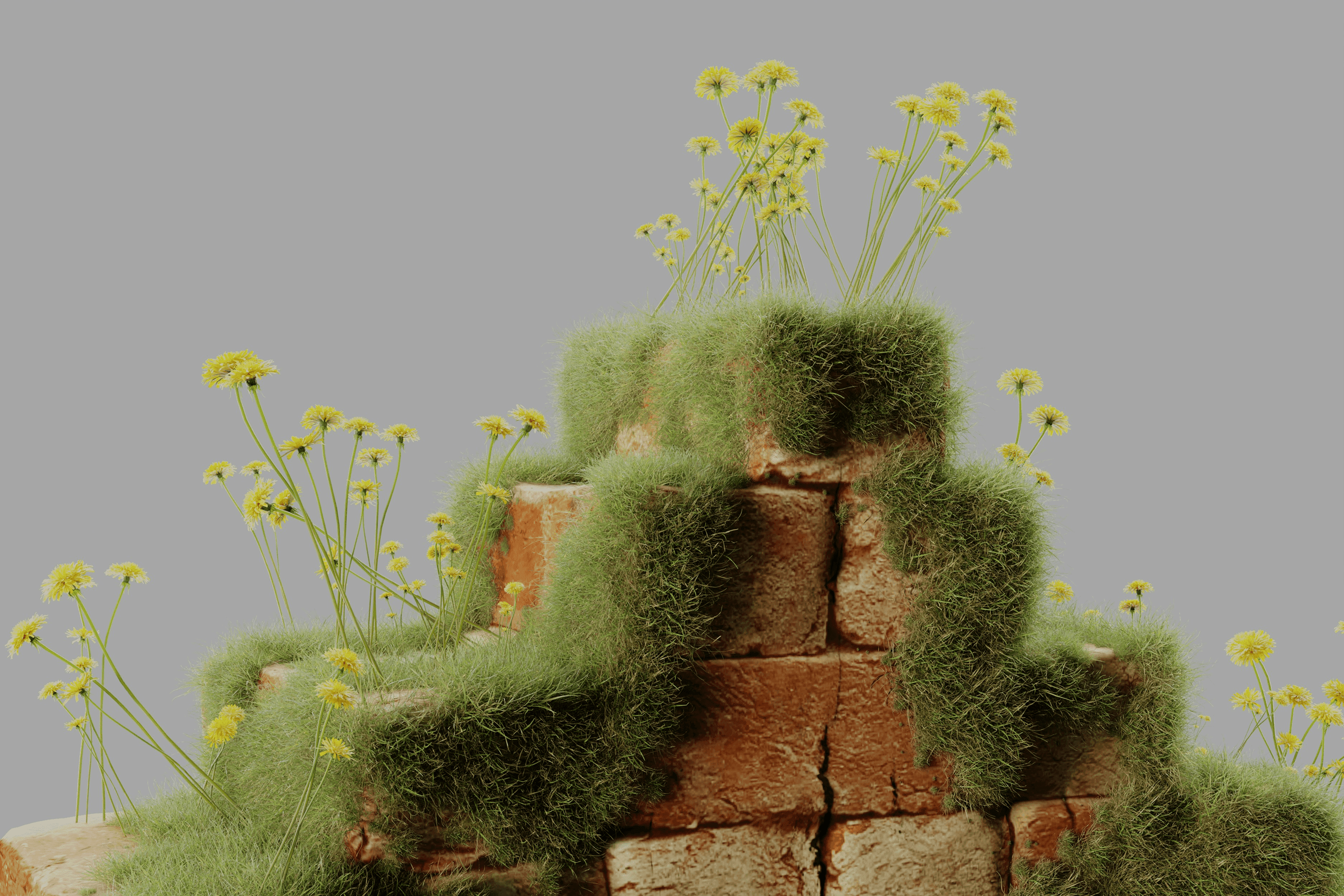Where Materials Collide and Rewrite the Rules
This is the fourth instalment in our five-part dossier, offering an insider’s perspective on the projects showcased at Milan Design Week 2025 that are set to influence the material design landscape this year.
Having explored the material underworld in 1/5, delved into sensory overload in 2/5, and focused on surfaces in 3/5, we now venture into the hybrid realm—where craftsmanship intertwines with code, nature merges with technology, and materials don’t just combine—they transform.
Here, interfaces transcend mere surfaces; they become dialogues. Six bold designers, studios, and even an automaker—each a cross-disciplinary force—blurred boundaries, cracked open material assumptions, and stitched together disciplines with striking precision.
This is design as interference. Design as alchemy. Design as rupture.
1. Objects of Common Interest – Soft Horizons
Alcova, Viale Molise 62
New York–Athens duo Objects of Common Interest presented a surreal meditation on lightness, weight, and legacy materials with Soft Horizons. Fragments of Greek marble were suspended in glowing tension, “hovering” within Alcova’s glasshouse space. The installation toyed with geologic time and transparency, casting heavy materials as ephemeral interfaces. Think tectonic calm with a charged presence—craft meets choreography.
Tocco’s Take:
An exploration of material contrast—where legacy stone meets ambient light to create a subtle, atmospheric spatial experience.

2. LAYER (Benjamin Hubert) – 101010
10 Corso Como, Brera
To celebrate a decade of design, Benjamin Hubert and LAYER staged 101010—part retrospective, part provocation. Alongside 50 past works, six new pieces tackled urgent themes: climate, craft, and circular living.
From algae-powered lamps and modular bee homes to rain-harvesting towers and climate-adaptive garments, each object fused ancient methods with contemporary intent. No gadgets, no gimmicks—just a call to rethink how we live, build, and adapt.
Tocco’s Take:
Hubert set a reminder that low-tech doesn’t mean low-impact.
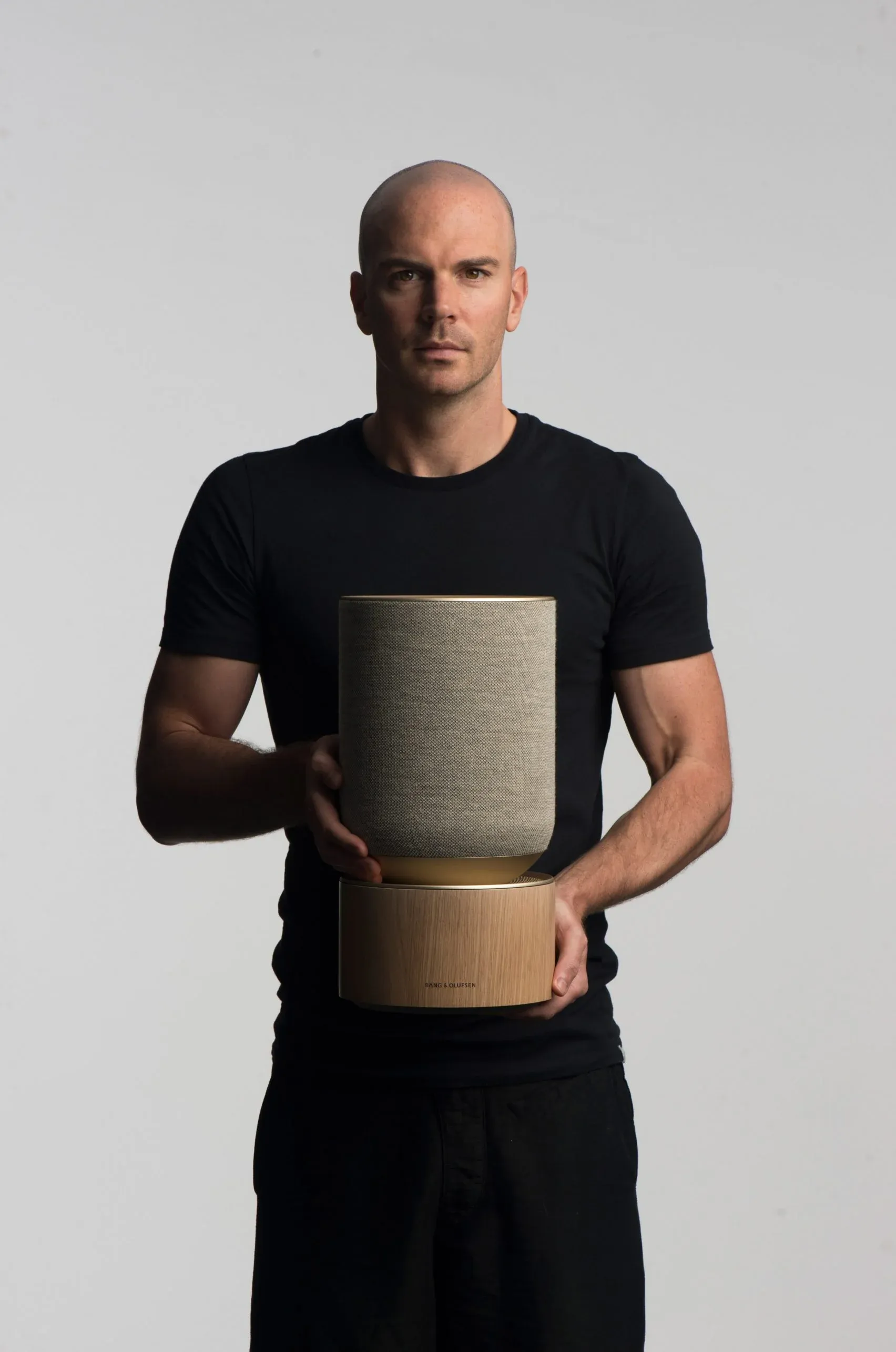

3. Jack Brandsma – Fibre Fever!
WAO Isola, Via Pastrengo 14
After stops at Object Rotterdam and MaterialDistrict, Jack Brandsma brought Fibre Fever! to Milan with a new wave of bio-based reinterpretations. Think lamps made from hemp and potato starch, bioplastic mixed with miscanthus, and a fresh collaboration with MycoTEX on fungi-forward forms.
His pieces may resemble classic home objects—but they’re fully compostable. This is design that looks familiar but behaves differently, remapping materials from the farm, the lab, and the future.
Tocco’s Take:
Jack’s lamps are defined by their materials—they show unconventional interfaces on conventional objects.
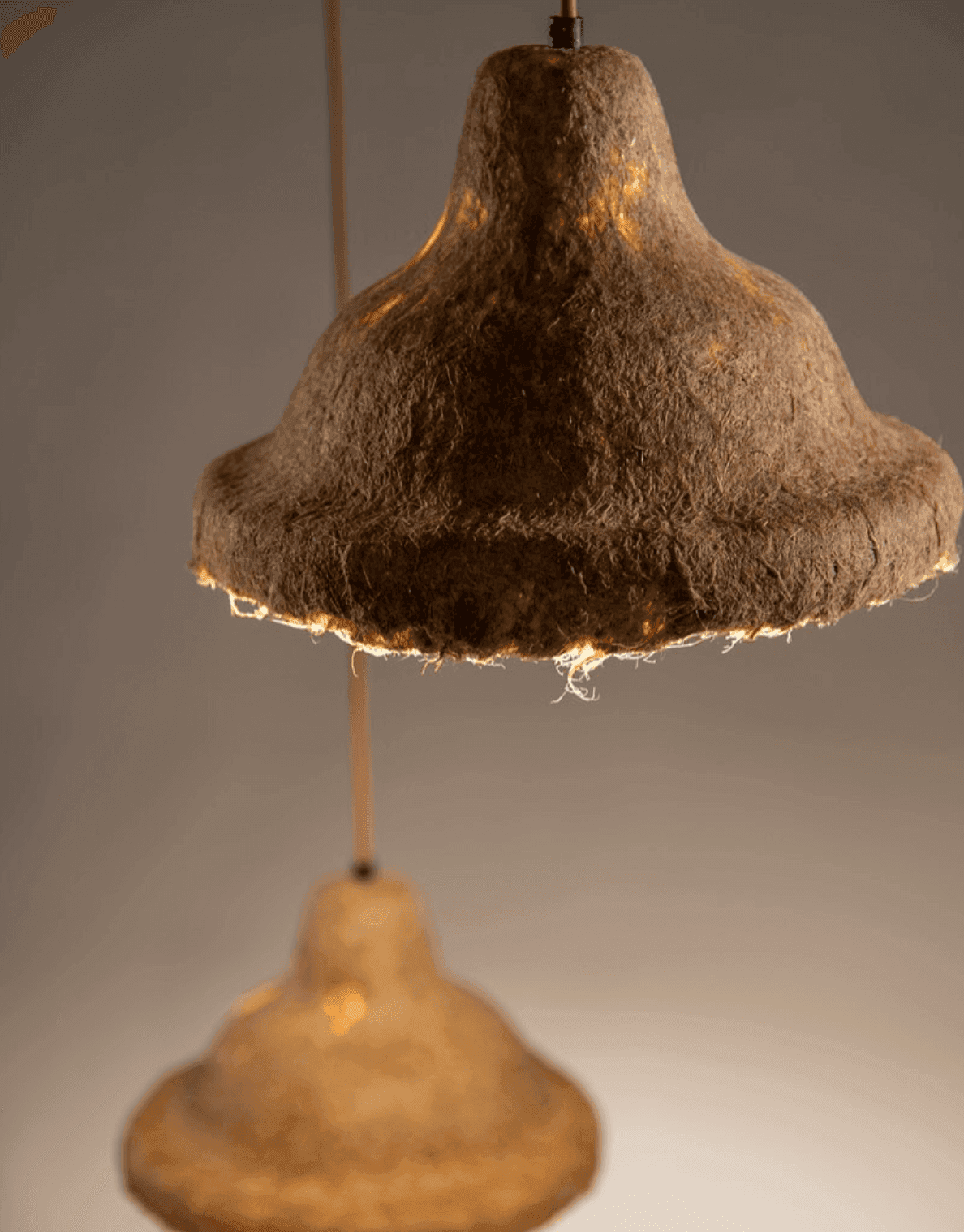
4. Studio Tooj & Fanny Perrier – Reishi Collection by MycoWorks
Le LABÒ, Fondazione Riccardo Catella
Studio Tooj and Fanny Perrier joined forces with biotech pioneer MycoWorks to showcase the potential of Reishi™, a luxury mycelium leather, in high-end interiors. Tooj’s DUK Series played with perception—what looked like draped textiles were, in fact, sculptural forms wrapped in grown material. Meanwhile, Perrier’s folding Mycelium Paravent added a poetic softness to the display.
These pieces weren’t just sustainable—they were surreal. Combining fine mycelium’s bio-engineered tactility with artisan-level finish, they blurred boundaries between softness and solidity, lab-grown and hand-crafted.
Tocco’s Take:
The collection demonstrated how emerging materials can integrate seamlessly into high-end aesthetics without compromising on tactile or visual sophistication.
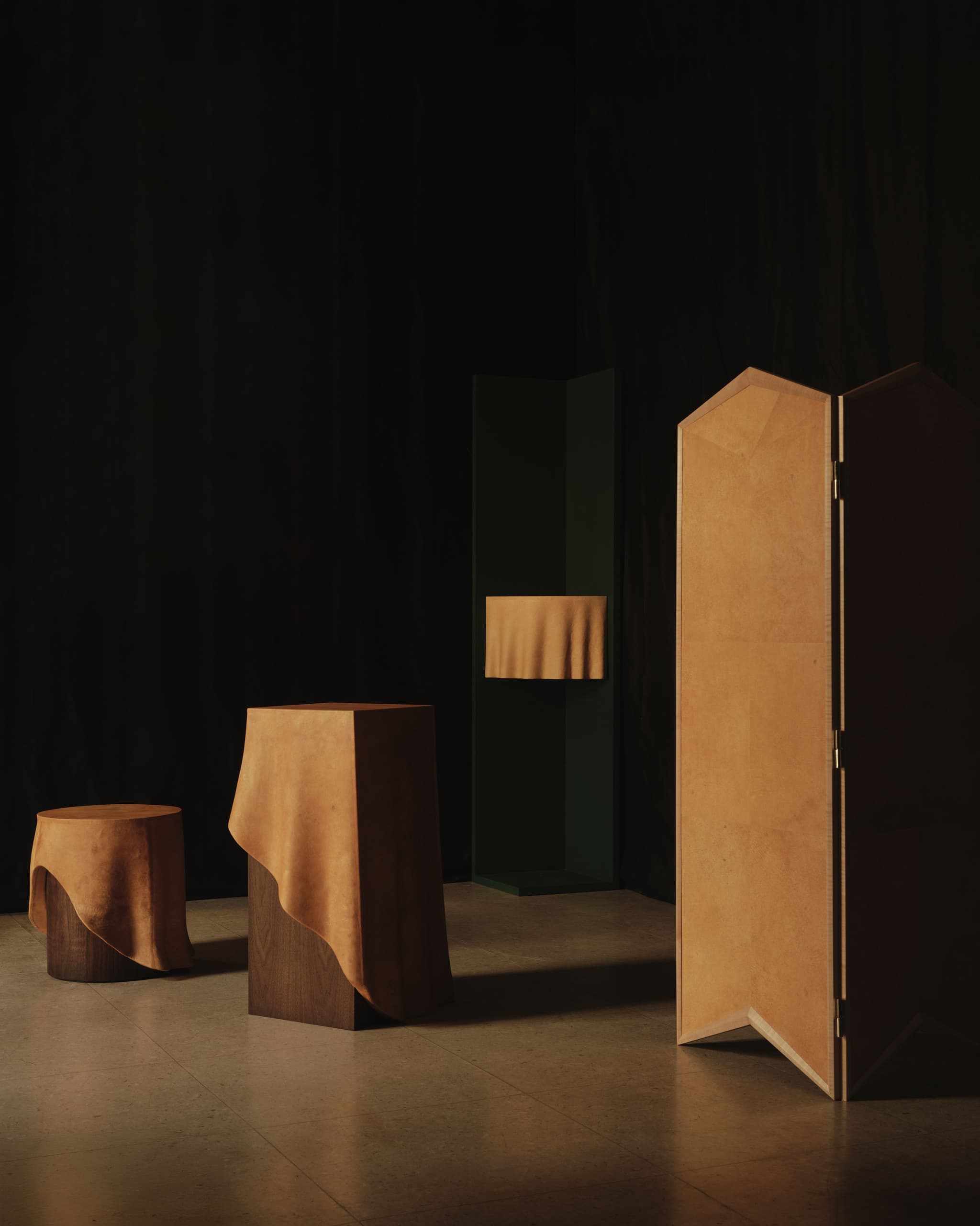
5. Studio Yellowdot – Breaking the Shell
Eggs Milano, Brera
In a delicious act of cross-pollination, Studio Yellowdot collaborated with chef Barbara Agosti to transform a restaurant into a living, luminous installation. Their piece Hatch, a glowing lamp made from recycled eggshells, hung over egg-centric menus—closing the loop between material and meaning, breakfast and biomaterial.
Tocco’s Take:
A creative integration of food waste and design, highlighting how recycled materials like eggshells can serve both functional and symbolic roles in interior spaces. A thoughtful example of circularity brought into everyday environments.
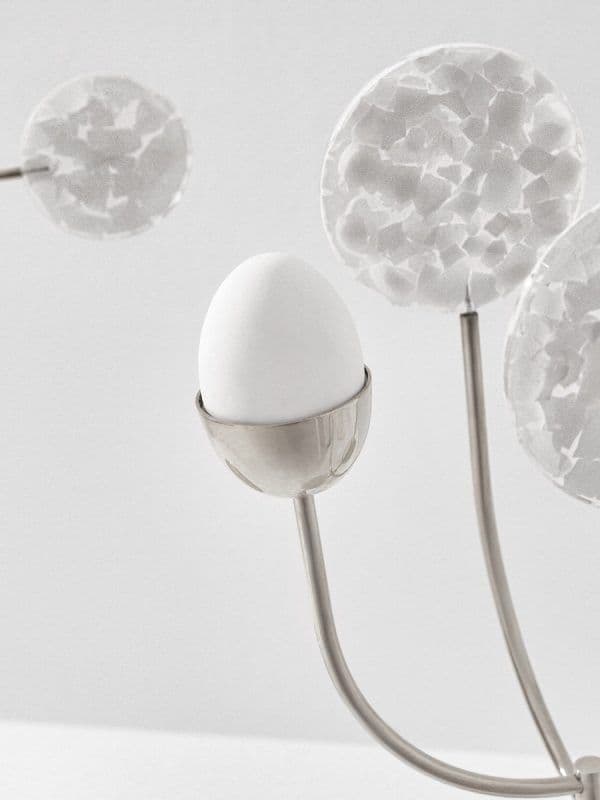
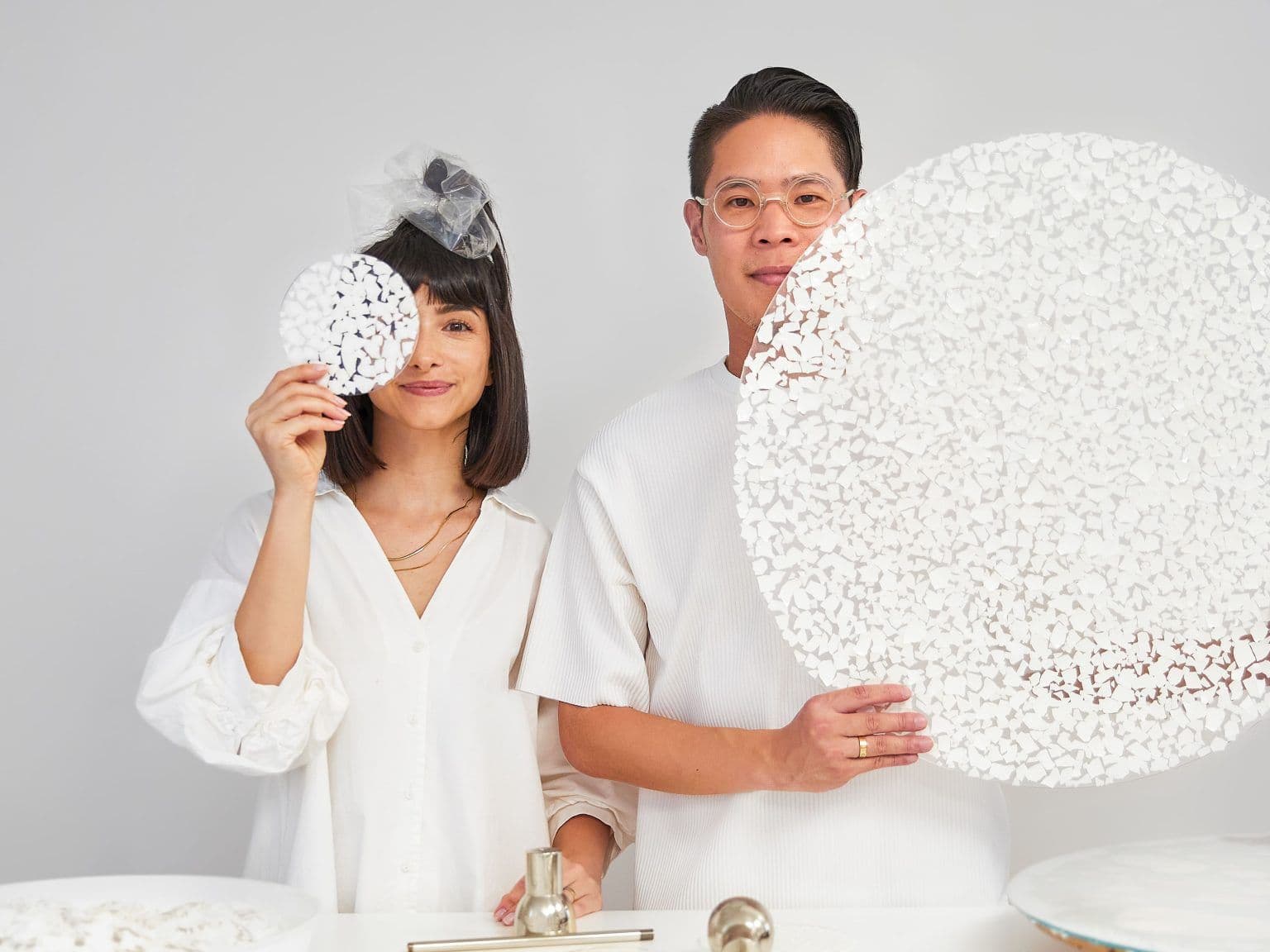
6. Kia – EV2 Concept SUV Interior
Transcend Journey, Eastend Studios
The Korean automaker Kia made an unexpected but welcome debut at Milan, unveiling the EV2 Concept SUV—a vehicle that doesn’t just roll into the future, it grows into it. The cabin is a showcase of circularity: dashboards crafted from cellulose-based Simplifyber Fybron, door panels and armrests formed from mycelium grown on agricultural waste, and seat structures made of flax-fibre AmpliTex composites, courtesy of collaborators Biomyc, Simplifyber, and Bcomp.
Each element is fine-tuned, from tactile softness to Pantone-matched hues, proving that consistency doesn’t need to come at sustainability’s expense. This was more than a car interior—it was a manifesto of materials.
Tocco’s Take:
Kia’s CMF vision proved that industrial precision can meet nature-grown innovation—without ever compromising on design.
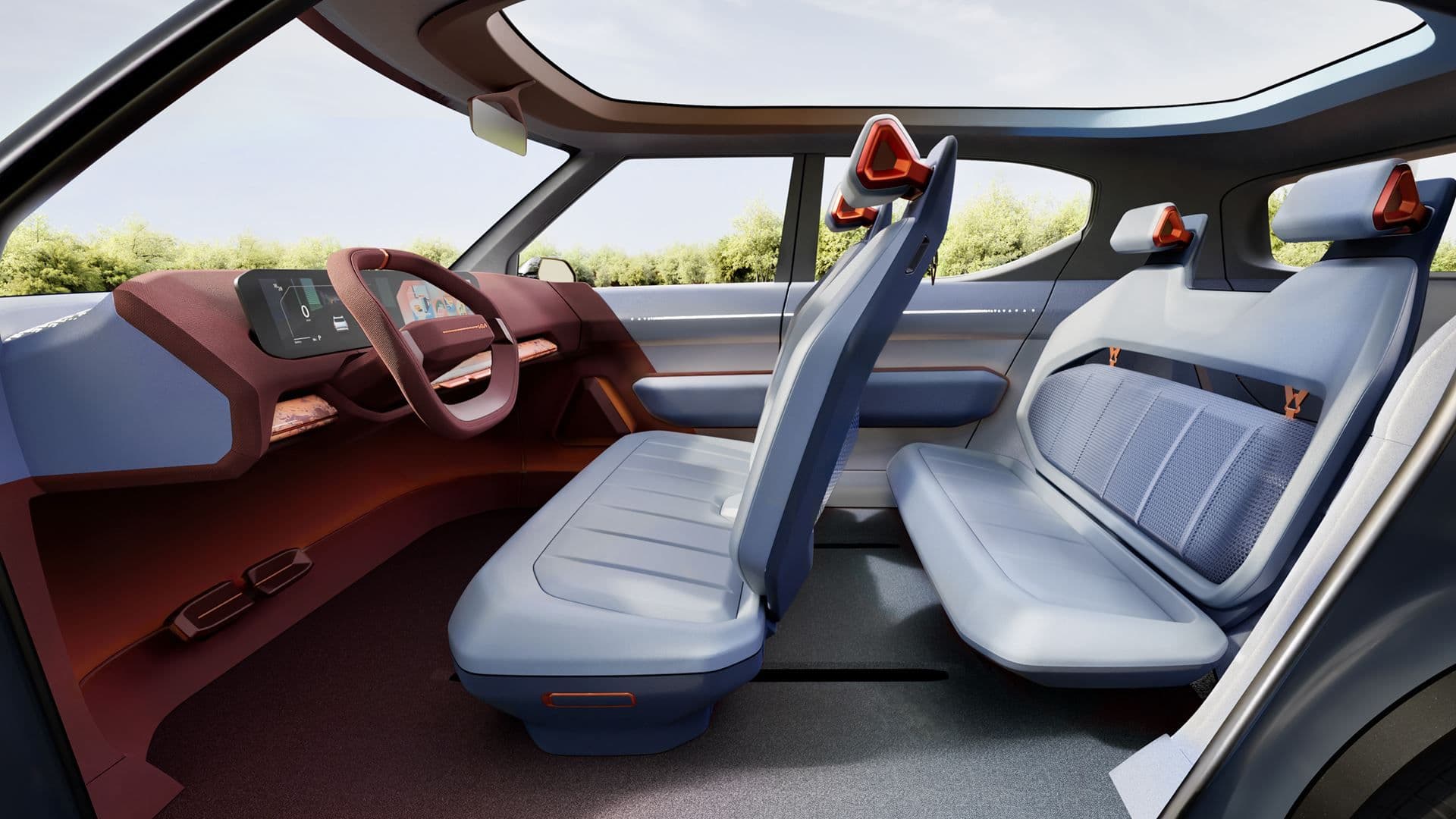
Contraband Wrap-Up
Forget trends. Hybrids defined the language of Milan this year—material-led, crossbred, and radically alive.
Objects of Common Interest suspended marble in air and meaning. LAYER reimagined survival through low-tech systems and slow craft. Jack Brandsma let nature infiltrate design with quiet defiance. Studio Tooj and Fanny Perrier bioengineered beauty with fungal finesse. Studio Yellowdot folded food waste into sculptural light. And Kia? They scaled up bio-design, showing the world that even mobility can emerge organically.
The installations became interfaces: connecting disciplines, passing between generations of material knowledge, and stretching the boundary between what we know and what we’re ready to unlearn
Next up: 5/5 – The Aftermath: Emerging Voices & Territories
Stay sharp. Stay haptic.
From Milan to the World
At Tocco, we connect the dots shaping the future of materials and design. One result? UNBOX — the world’s first portable material library. Curated, sensory, and made for the next generation of designers, studios, and educators.
UNBOX is now available for pre-order — explore it here.
